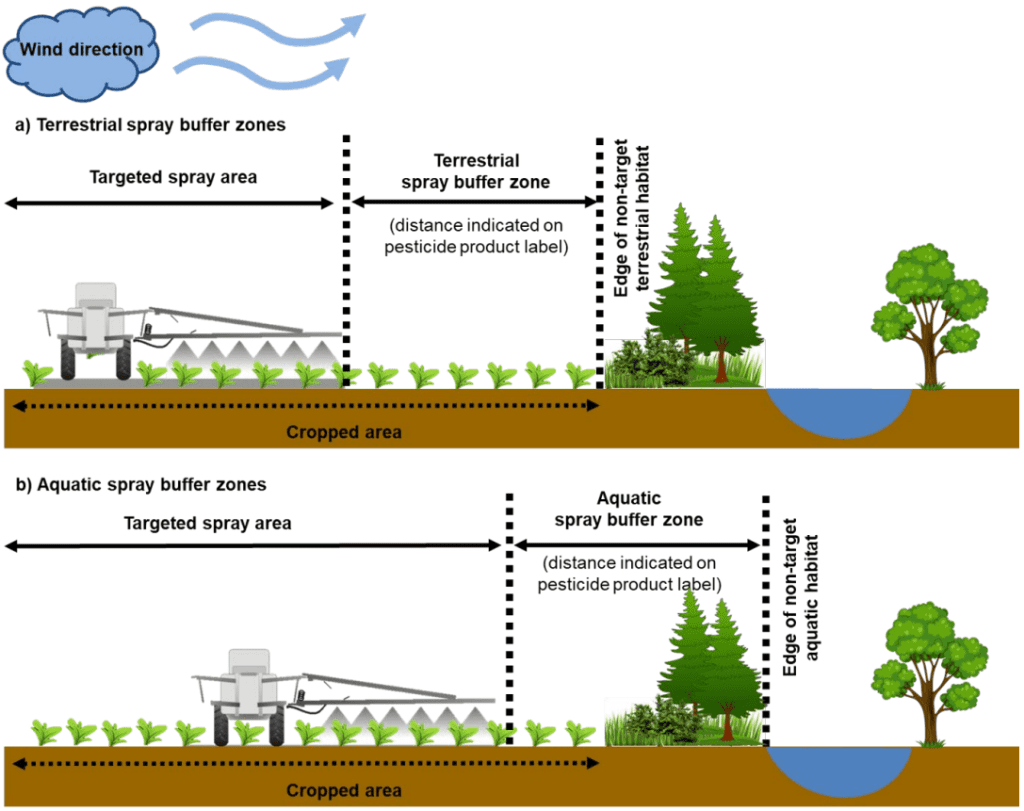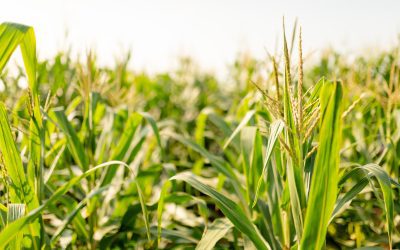By Keevin Lemenager, Chair
ISA Membership & Policy Committee
As the chair of the ISA’s Membership and Policy Committee, I will sometimes receive an early warning of policies and regulations that could negatively affect Indiana farmers before they become law. Often, these warnings are merely “smoke” and are not a genuine concern. Other times, the worry carries enough weight that I feel the need to tell everyone I know.
The more I learn about the U.S. Environmental Protection Agency’s (EPA) Vulnerable Listed Species Pilot Project of the Endangered Species Act, the more I want to alert Indiana farmers to the potential trouble this could create. The EPA’s plan is to apply pesticide restrictions to protect 27 listed plant and animal species in designated zones around the country. Compared to other states, Indiana has relatively few restriction zones; however, the zones that do exist still cover thousands and thousands of farmland.
EPA seeks to install broad, sweeping restrictions to protect these 27 species, and that will greatly affect the ability of farmers to use many pesticides to protect their crops. A recent proposal by EPA includes the following restrictions on farmers in these restricted zones:
- No one can apply pesticides 48 hours before or after a rainfall.
- Farmers must consult the Fish and Wildlife Service three months prior to making any pesticide application on their land.
- Farmers must incorporate four conservation practices to minimize runoff including no-till, vegetative filter strips, contour terracing and riparian buffers.
- Farmers must have 200-foot spray drift buffers for ground sprayers and 600-foot drift buffers for aerial applications.
If farmers or pesticide applicators don’t comply with these rules, they could be subject to civil or criminal penalties of up to $50,000 or a year in jail.
Whether intended or not, the result of this policy is to take away a tool that farmers use to protect their crops.
Among the frustrations is that the Endangered Species Act (ESA) was not designed to manage pesticide regulations. This law was written to manage individual infrastructure projects – such as building a bridge over the habitat of an endangered animal. The law directs federal agencies to come up with ways to build without harming those animals.
Nevertheless, federal court rulings have applied the ESA to regulate pesticides. For many years, EPA has not conducted thorough ESA assessments in pesticide registrations. This has allowed environmental groups to sue the EPA with the result of many pesticides being eliminated by federal judges – ending farmers’ access to these tools.
These pesticides are registered for dozens of crops and used on hundreds of millions of acres across the country and interest with nearly all 1,600 ESA species in their habitats. Farmers need to stay involved in this issue. We need to protect our crops from a different threat.
Stay engaged with our policy organizations to help prevent regulations likes these from becoming law.




